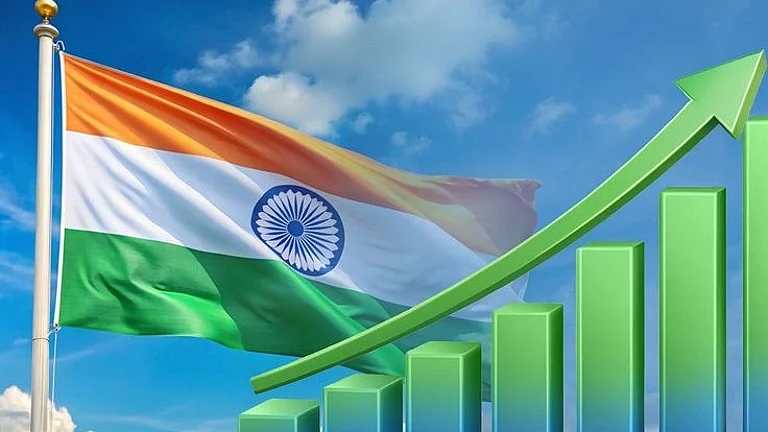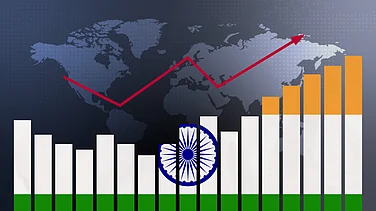In today’s interconnected world, the demand for fast, affordable cross-border payments is growing, and India is at the centre of this shift. As per the press release by the Ministry of Information and Broadcasting, India, the global leader in remittances, received a record $125bn in 2023, marking two consecutive years of surpassing $100bn. However, cross-border payments still face challenges like high fees and slow processing times. To address these, the Reserve Bank of India (RBI) has joined Project Nexus, an initiative by the Innovation Hub of the Bank for International Settlements (BIS). Nexus aims to connect domestic Fast Payment Systems (FPSs) for instant cross-border retail payments. India, along with Malaysia, the Philippines, Singapore and Thailand, will be among the platform’s founding members, with Indonesia joining as an observer. Signed on June 20, 2024, the platform is set to go live by 2026, offering faster, cheaper and more efficient payments while expanding the global reach of Unified Payments Interface (UPI).
The Landscape of Cross-Border Payments
Currently, banks handle most cross-border remittances, with non-bank entities limited to inward transactions. Transfers rely on internal networks or platforms like SWIFT, with banks using methods such as cheques and wire transfers. India has taken steps to improve personal remittances, such as the Indo-Nepal Remittance Scheme, which allows Nepali workers to send money via National Electronic Funds Transfer (NEFT) in collaboration with the State Bank of India (SBI). The Money Transfer Service Scheme (MTSS) also supports remittances through partnerships between international transfer operators and local agents.
On average, the cost of sending a $200 remittance globally remains high at 6.35% as of Q1 2024, according to the Remittance Prices Worldwide report released by World Bank. This is far from the target set by the United Nations Sustainable Development Goals (UNSDGs), which aims to reduce this to 3% by 2030, with no corridor exceeding 5%. For India, the average cost of receiving remittances stood at 5.01% during the same period. These high costs are due to complex international corridors and the involvement of multiple intermediaries, highlighting the need for a streamlined solution.
The Need for a Structured Solution
As digital transactions increase, the demand for a real-time, low-cost cross-border payment system is becoming urgent. UPI, which has transformed domestic payments in India, offers a promising solution. The National Payments Corporation of India (NPCI) has built a framework that can facilitate fast, affordable international transactions. By integrating UPI with global systems through Nexus, India can revolutionise cross-border payments, making them faster, more transparent and accessible to individuals and businesses.
UPI’s domestic success demonstrates its potential for cross-border use. In August 2024 alone, UPI processed over 14bn transactions, showcasing its capacity to handle large volumes with zero user fees, as per NPCI. Its extension into cross-border payments could benefit migrant workers, small and medium enterprises (SMEs) involved in international trade, parents paying overseas tuition and cross-border e-commerce transactions. UPI’s flexibility makes it an ideal platform for simplifying international payments.
One of UPI’s key advantages is its ability to significantly reduce transaction costs. Traditional cross-border payments often involve multiple intermediaries, resulting in high fees and fluctuating exchange rates. UPI’s simplified architecture could minimise these costs by eliminating unnecessary intermediaries and reducing currency conversion complexities. Additionally, UPI’s framework could allow banks to lower transaction fees, making cross-border payments more accessible for individuals and businesses alike. This would not only benefit remittance flows but also create new opportunities for Indian businesses to engage in global trade at lower costs.
Despite UPI’s promise, global adoption poses challenges. Regulatory compliance is a major hurdle, with each country enforcing unique rules for payments, currency exchange and financial data privacy. Managing anti-money laundering (AML) compliance and currency volatility will require close coordination among nations.
Additionally, as per NPCI guidelines, UPI’s current transaction limit of up to Rs1 lakh per day for regular transactions and Rs2 lakh for foreign inward remittances may restrict its utility for large business-to-business (B2B) payments. To address this, UPI could implement tiered limits based on user categories or allow higher thresholds for pre-approved entities. Strategic collaborations with foreign banks and payment platforms are also essential for building a seamless international network. Recent initiatives, such as the UPI-PayNow linkage with Singapore and a memorandum of understanding (MoU) with the United Arab Emirates (UAE) for linking UPI with their Instant Payment Platform (IPP), exemplify India’s efforts in this direction. Expanding this model to other countries could establish a multi-country payments infrastructure based on UPI’s framework, making cross-border payments more efficient and cost-effective.
Addressing Global Challenges
For UPI to thrive globally, India must engage with countries that have significant migrant populations, such as the Philippines. Partnering with these nations can enhance remittance flows and foster trade. India should also explore collaborations with Indonesia and Vietnam, which experience high remittance volumes from Indian workers, to boost economic growth. This approach aligns with the G20’s focus on enhancing cross-border payment efficiency.
India’s partnerships with Singapore and the UAE demonstrate growing global interest in UPI. However, successful international integration will require interoperability between systems, supported by robust regulatory frameworks. Ensuring compliance with AML laws and data privacy standards will be critical. Additionally, UPI must develop effective currency conversion tools to minimise fluctuations and offer competitive rates. Incorporating advanced technologies like real-time foreign exchange engines and blockchain-based systems can further enhance transparency and security.
India is well-positioned to lead the transformation of cross-border payments by leveraging UPI’s success. Through strategic partnerships and aligned regulations, UPI can set new standards for global payments. Use cases like remittances, tuition payments and B2B transactions are only the beginning. With the right policies and collaborations, UPI has the potential to revolutionise cross-border payments, positioning India at the forefront of global digital finance.
Dharmender Jhamb is a partner and fintech industry leader, Grant Thornton Bharat and Pragya Madan is a financial services consultant at the same firm. Views are personal.


























